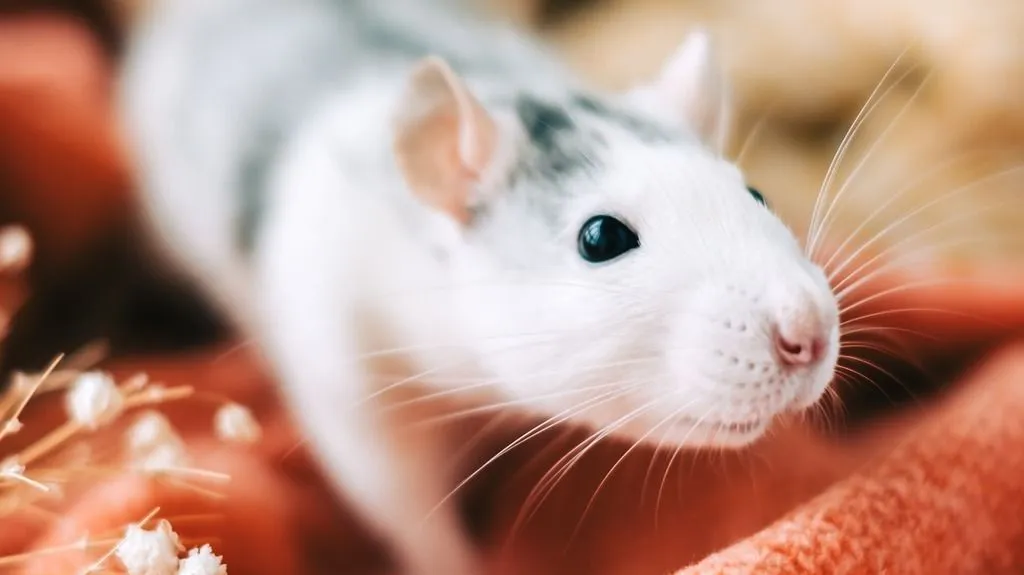The open field test: A staple in behavioral batteries
The open field test is a locomotor, exploratory and/or anxiety test. Can we measure all these behaviors in a simple enclosed arena? This is exactly what we talk about in this blog, and the discussion surrounding this.
Posted by
Published on
Wed 20 Oct. 2021
Topics
| Behavioral Research | EthoVision XT | Exploratory Behavior | Locomotion | Open Field | PhenoTyper |
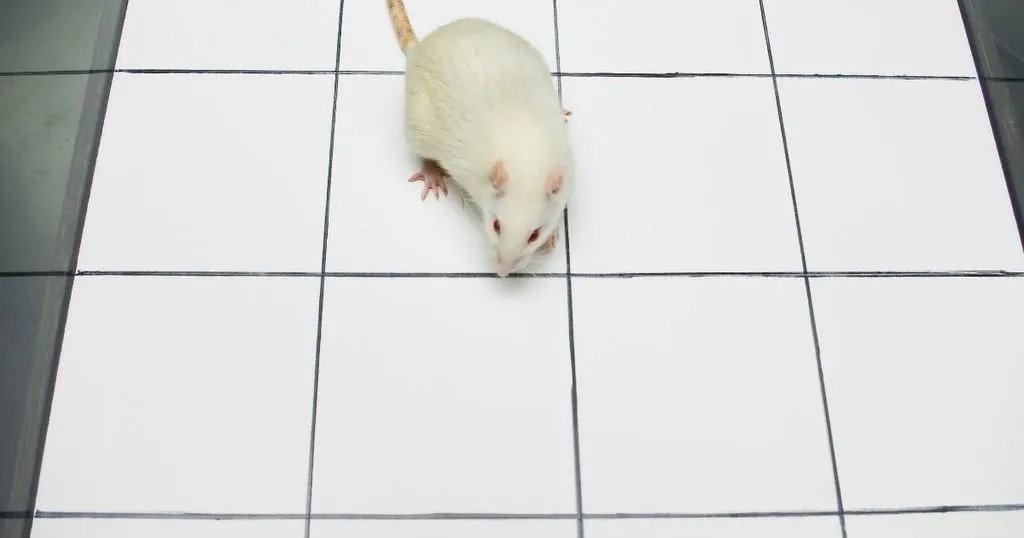
The open field test
The open field test is a behavioral paradigm that has become a true staple in behavioral batteries. The arena is quite self-explanatory: an open field (enclosure), which is usually a round, square or rectangular ‘box’ with raised walls (to prevent escape) in which animals can move freely and are recorded from the top. Size depends on the research model: rats or mice, or on other specifics relating to the desired output parameter.
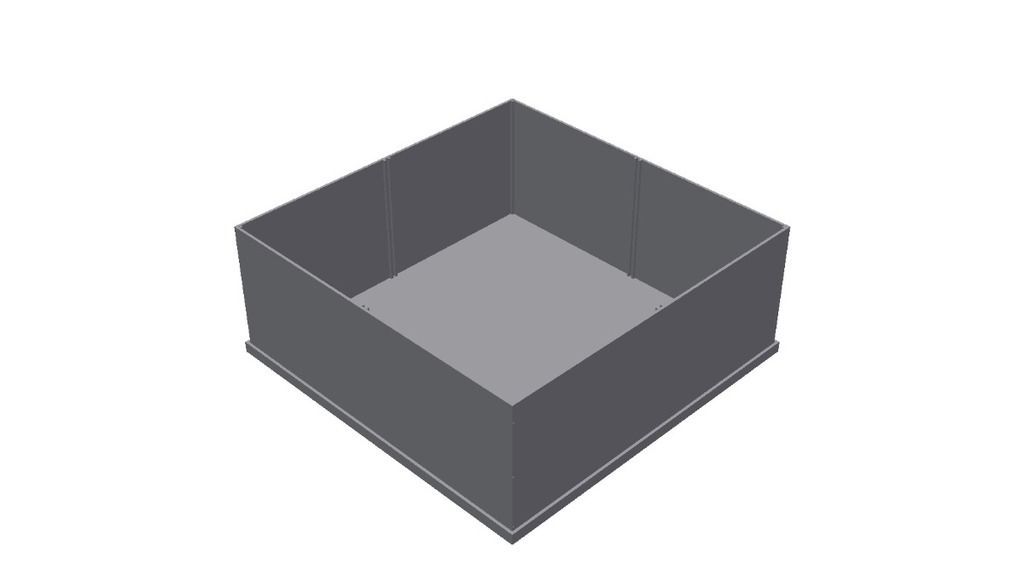
History
The earliest recording of this test dates back to the 1930s, where Calvin Hall observed that rats behave differently in this arena when food or no food is present [1]. Food obviously being a strong motivational que, the behavior in this setting was centered around the ability to reach and encircle the location of this source.
However the finding that is most applied today is that when no food is present the animals were less eager to explore the central part of the arena, increased whole-field exploration, but tended to stick close to the walls. Thus in lack of a strong motivational que, the natural behavior seems to indicate exploration.
Thigmotaxis
‘Sticking close to the walls’ refers to ‘Thigmotaxis’, which is an indicator of animal fear and is often considered as an index of anxiety and relates to agoraphobia in humans. This tends to decrease gradually during the first minutes of exploration of the open field, and is one of the main reasons why this test, and many others, are performed in a time span of minutes, at least in a classical setting (in a novel arena).
Home cage testing: acute versus long term
The open field can also be performed in a home cage, over a longer period of time. But be aware a different interpretation of the results is warranted, since the motivation of the test changes. Noldus’ PhenoTyper box is often used to perform the open field test in mice, since it’s top unit has an integrated video camera, powered by the EthoVision XT software.
The PhenoTyper, being a home cage monitoring system, generally is used to study long term locomotor behavior, in order to phenotype specific differences of a research model. The open field as it is implemented in behavioral batteries is intended to study acute thigmotaxis.
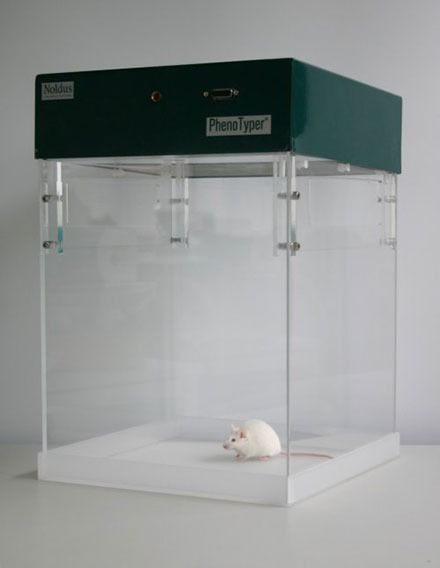
Is the open field an anxiety test?
Much discussion exists on the interpretation of the behavior displayed in the open field. This is based on the motivation of the animals’ behavior, which is thought to involve fear-induced escape rather than anxiety. Measuring anxiety, according to critics, should have both a positive and negative outcome. Which could be argued to be the case in the open field, since the central area is often well-lit and considered aversive (thus an interpreted negative outcome).
In any case, what is established, and seems to be the most common approach is to perform the open field at the beginning of the behavioral battery to asses general locomotor activity and anxiety before moving on to more complex behavioral paradigms. Anxiety in rodents also obviously much more complicated than a single parameter: thigmotaxis. This important anxiety-linked behavior is however often considered as a starting point for further anxiety tests, which can obviously strenthen the outcome.
Although the readout on anxiety can be subject to unreliability due to a high degree of sensitivity to variables, it still remains a common outcome, and important phenotypic, parameter of the open field test.
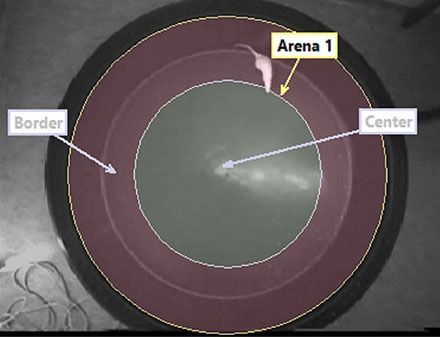
Replication is key
The open field, whether used to specifically measure anxiety or not, is an essential part of behavioral phenotyping. It creates a baseline behavioral profile for the specific research model. Also because of its widespread use there is an abundance of data on how specific interventions act upon the output of this test, therefore it’s value should not be underestimated.
As a researcher, pay very close attention to the testing conditions, limiting human interaction as much as possible, and aim for standardization within your own lab, and preferably other labs. Accurate documentation of your testing conditions is key for this, thus being replicable when others read your paper.
[1] Hall, C., & Ballachey, E. L. (1932). A study of the rat's behavior in a field. A contribution to method in comparative psychology. University of California Publications in Psychology, 6, 1–12.
Related Posts

Does obesity cause anxiety?
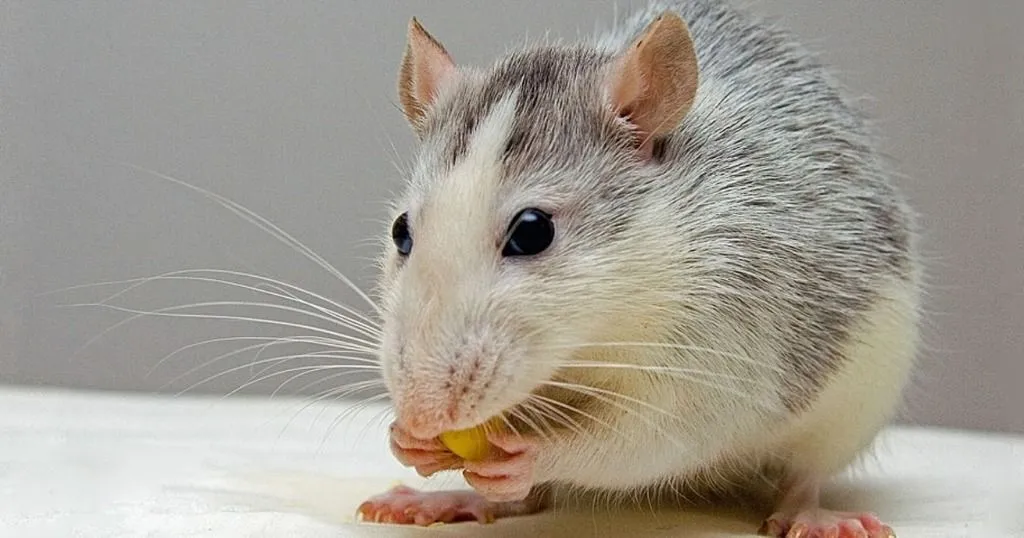
Is a unique calcium regulating mechanism a cause of Gulf War Illness?
